Tomb Raider 1-3 Remastered Review – Losing Patience
The concept of British heiress Lara Croft traveling the world, investigating tombs for ancient artifacts and getting up to all kinds of antics are awesome. Her attitude and fighting ability while exuding an air of elegance is also great, and it’s easy to see why she’s still so iconic. Even the idea of venturing to various locations filled with secrets and navigating hazards while fighting off creatures sounds cool theoretically.
However, the execution in this remastered collection leaves much to be desired, primarily due to the controls, platforming, camera and some level design elements. The tank-like controls made navigation a chore, to say nothing of the combat. The platforming suffers from input lag or straight-up ignoring pressed buttons. The camera, especially in tightly enclosed rooms, becomes a nightmare to control, making it difficult to interact with the environment and pick up items. Then there are the hazards which, combined with everything else, are a chore to deal with and wipe away progress if you don’t think to save constantly.
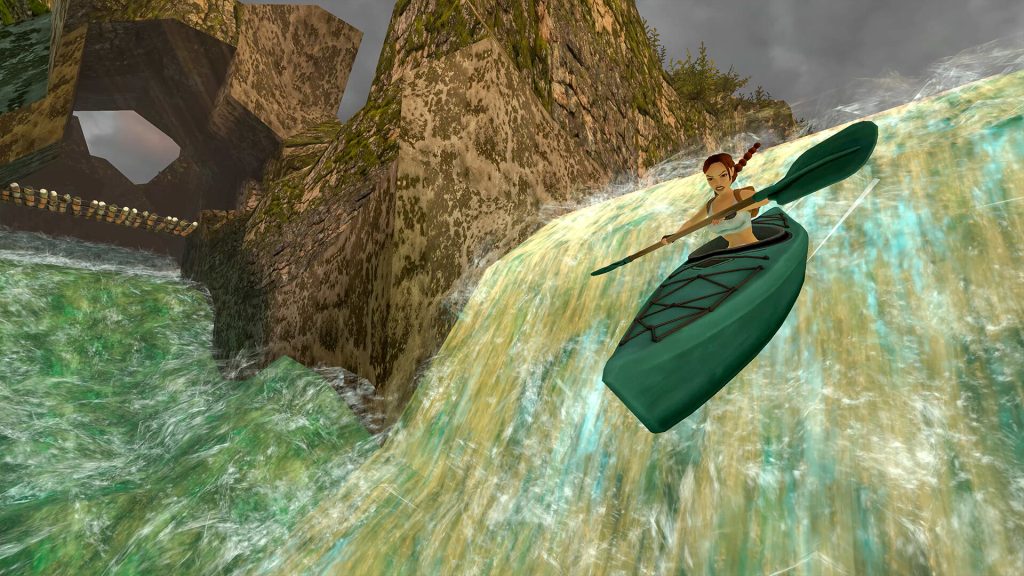
“Environments have more natural lighting and shadows, with some areas looking completely dark compared to the original and necessitating lighting flares.”
However, it’s important to remember that these games were released between 1996 to 1998. The first game, probably the one that holds up the best, was unlike anything else then, and the second and third titles followed up on that by offering more.
So, when Tomb Raider 1-3 Remastered was announced, and Aspyr explained how it wanted to preserve the original experiences exactly as Core Design intended, I had no hope of gameplay changes, fixes or overhauls. It’s not to say the team didn’t put any effort into this remaster – Aspyr’s remastered visuals are the highlight, if anything, even if some basic quality-of-life features are still needed.
If you haven’t played the original titles, Tomb Raider 1 to 3 are action-adventure titles emphasizing puzzle-solving, exploration, platforming and some combat. They’re also in third-person, which revolutionized the industry, and offers multiple levels to explore across various locations worldwide.
You’ll travel from the caves of Peru to the Great Wall of China, to name a few. The narrative is over-the-top, as you’d from games that are more than two decades old, but, overall, it offers a solid reason to explore these locations and connect the dots, even if the CG cutscenes look dated.
“However, it’s quickly apparent that the camera, like in the originals, doesn’t want to cooperate.”
In other aspects, Tomb Raider 1-3 Remastered is a big step up over the classics. Environments have more natural lighting and shadows, with some areas looking completely dark compared to the original and necessitating lighting flares. Particle effects, more detailed foliage and defined architecture, improved textures, and higher fidelity models for Lara Croft and other characters shine throughout.
The facial animations during dialogue exchanges are also better, but it’s impressive how Aspyr can offer such a strong jump in visual quality while retaining the aesthetic of the originals. Switching between the original and remastered visuals on the fly further highlights the difference in quality.
When you jump into the first game, the experience can take some getting used to. Lara jumps straight up when standing still, with a bit of nudging possible, and if you want to cross some distance, you’ll need to run and jump. The original tank controls remain and are arguably more unwieldy than initially thought. Modern controls fix things by letting you fully control the camera with the right stick.
However, it’s quickly apparent that the camera, like in the originals, doesn’t want to cooperate. It will suddenly shoot to overhead views, not unlike the classic Resident Evil titles, and require adjusting your directions accordingly. Some jumps are more difficult because of the camera, which results in more frustration.
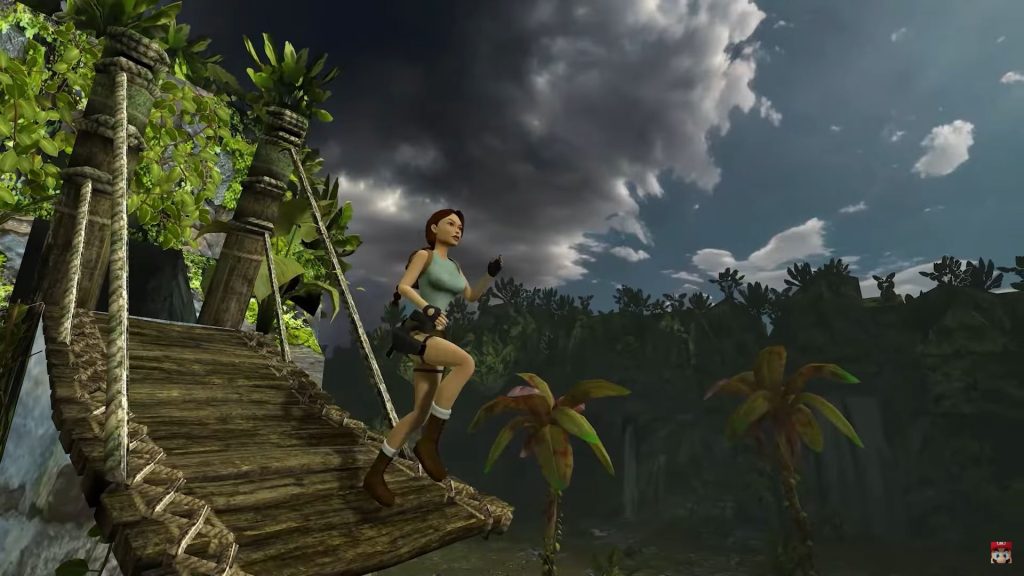
“It also doesn’t explicitly tell you how to activate Photo Mode, which is not in the Pause menu like most games. Even if the game doesn’t want to explain all this, it could put this information in the control settings.”
While Modern controls are better than the Tank controls for combat, they still have some issues with aiming. Sometimes, bats can be in front of your face as you unload numerous shots only to take no damage. The best strategy is to find a safe distance from an enemy and circle them, hoping that the tracking of your pistols is consistent. Sometimes, it isn’t, and Lara will abruptly stop shooting.
Also, while I don’t have any issue with Aspyr retaining the dodge roll that admittedly shifts the camera behind Lara for its tank controls, why not just have a regular dodge for the Modern option? Why not let players control the camera movement by having it automatically look back? It’s also worth noting that some acrobatics, like backflips and side flips, are much more difficult to perform with Modern controls.
I’ve said my piece on the responsiveness of jumping and how sometimes the game won’t accept your input (even while mashing). However, the remaster also does nothing to explain the controls. If you’ve been automatically clambering up platforms, only to find that it doesn’t work in a specific part in Tomb Raider 2’s first level, would your first guess be to hold R2 while jumping so that Lara reaches out for the ledge? Probably after some annoying trial and error.
How about that getting out of a speedboat doesn’t work when pressing any single face button, but when mashing all four of them at once (admittedly out of frustration, so I actually don’t know which buttons work)? It also doesn’t explicitly tell you how to activate Photo Mode, which is not in the Pause menu like most games. Even if the game doesn’t want to explain all this, it could put this information in the control settings.
“There’s no auto-saving, so if you die, you better hope it was close to where you last saved or prepare to lose progress. You can’t even quick save or quick load on PS5.”
All of these complaints aside, there is an enjoyable flow to the games’ levels. Tomb Raider 1 starts pretty simply when it comes to finding switches, opening doors, locating objects like keys and backtracking to progress forward while examining your surroundings for potential clues. In Tomb Raider 2, the levels feel more complex, with tougher platforming and situations like running away from some boulders to leap over spike traps or traversing the narrow streets of Rome.
Tomb Raider 3 feels a bit tapped out in that regard, with some more openness to its levels but little that you haven’t seen before. Nevertheless, the pacing feels pretty good when everything works, especially in the first game. Your mileage may vary on the environmental hazards with how cheap and frequent they feel, but I despised them.
Worth noting about Tomb Raider 1-3 Remastered are some bizarrely missing quality-of-life features. There’s no auto-saving, so if you die, you better hope it was close to where you last saved or prepare to lose progress. You can’t even quick save or quick load on PS5.
“For those who want something more contemporary that’s still in line with the classics, Tomb Raider Legend and Anniversary are worth checking out.”
Hilariously enough, if you open the save menu, it seemingly defaults to the load screen, so you could accidentally load your last save (no confirmation box or anything) and lose progress. You could argue that a remaster doesn’t want to mess with the core gameplay, warts and all, and that’s fine, but not having these basic features is baffling.
Tomb Raider 1-3 Remastered is difficult to recommend to those who have never played the originals. The revamped visuals may be worth checking out, and it’s interesting to see how the originals played, but so many aggravating elements remain. If you loved the original games, you should probably pick this up without a second thought. However, for those who want something more contemporary that’s still in line with the classics, Tomb Raider Legend and Anniversary are worth checking out.
This game was reviewed on PlayStation 5.


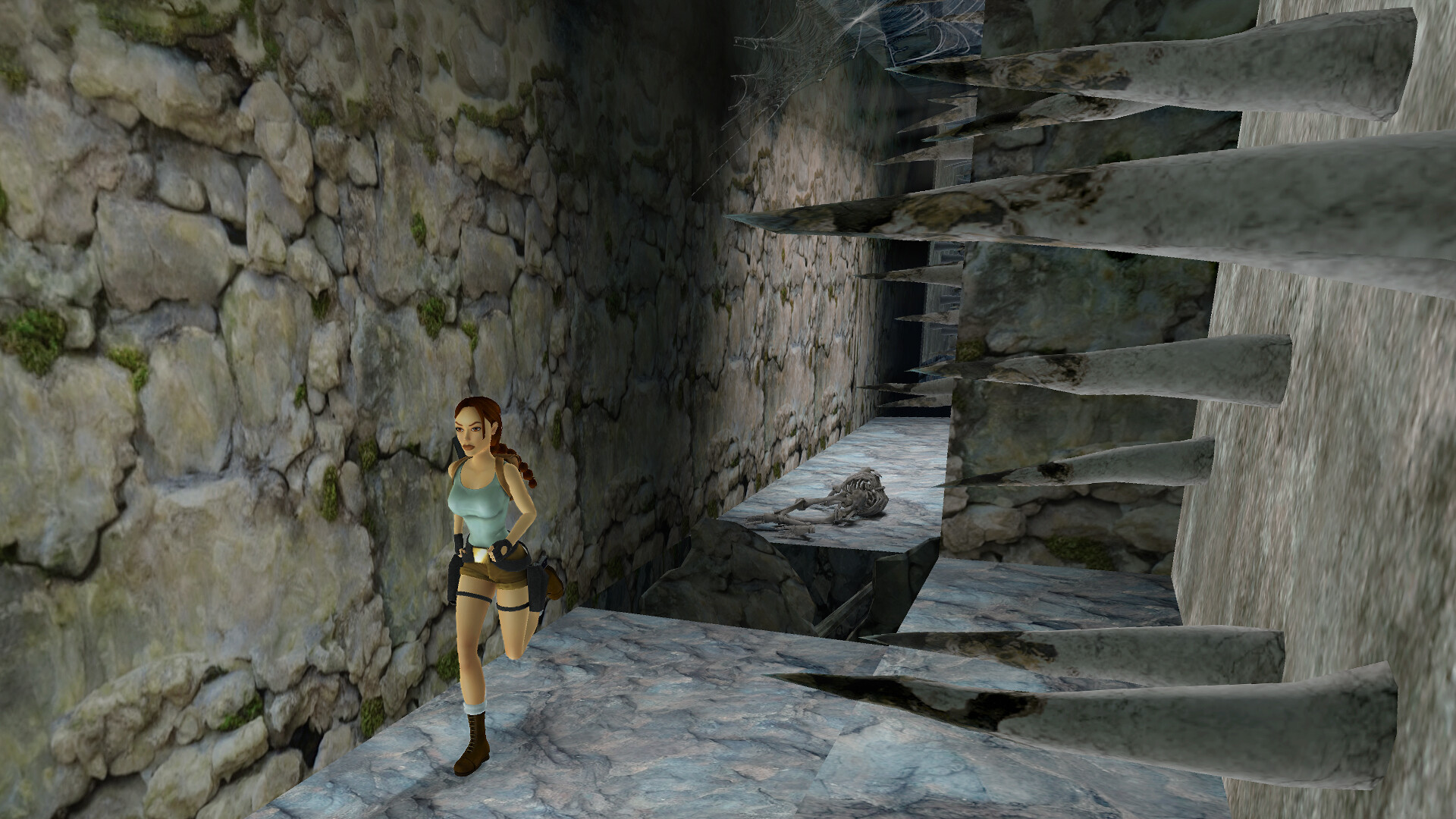
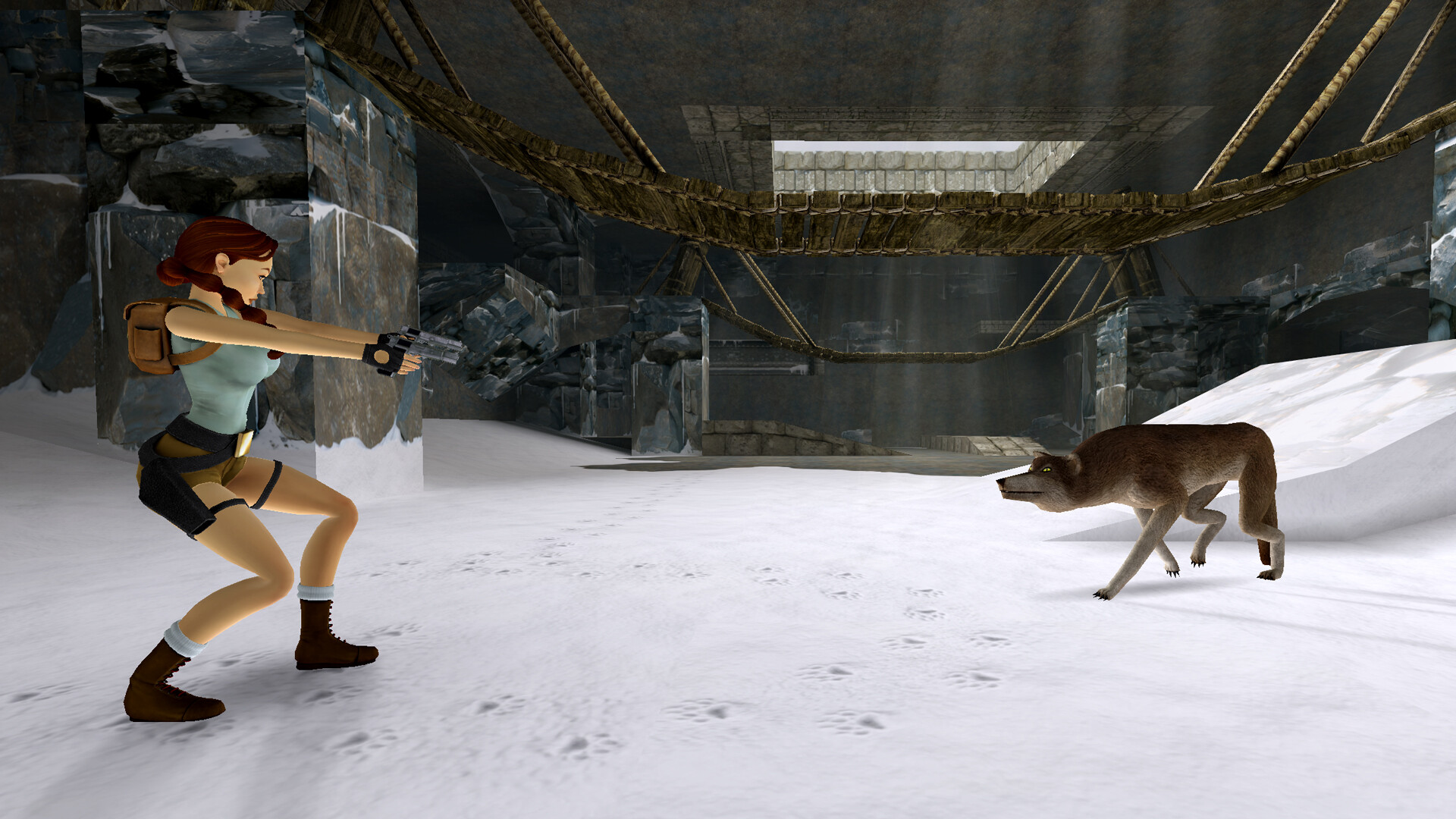
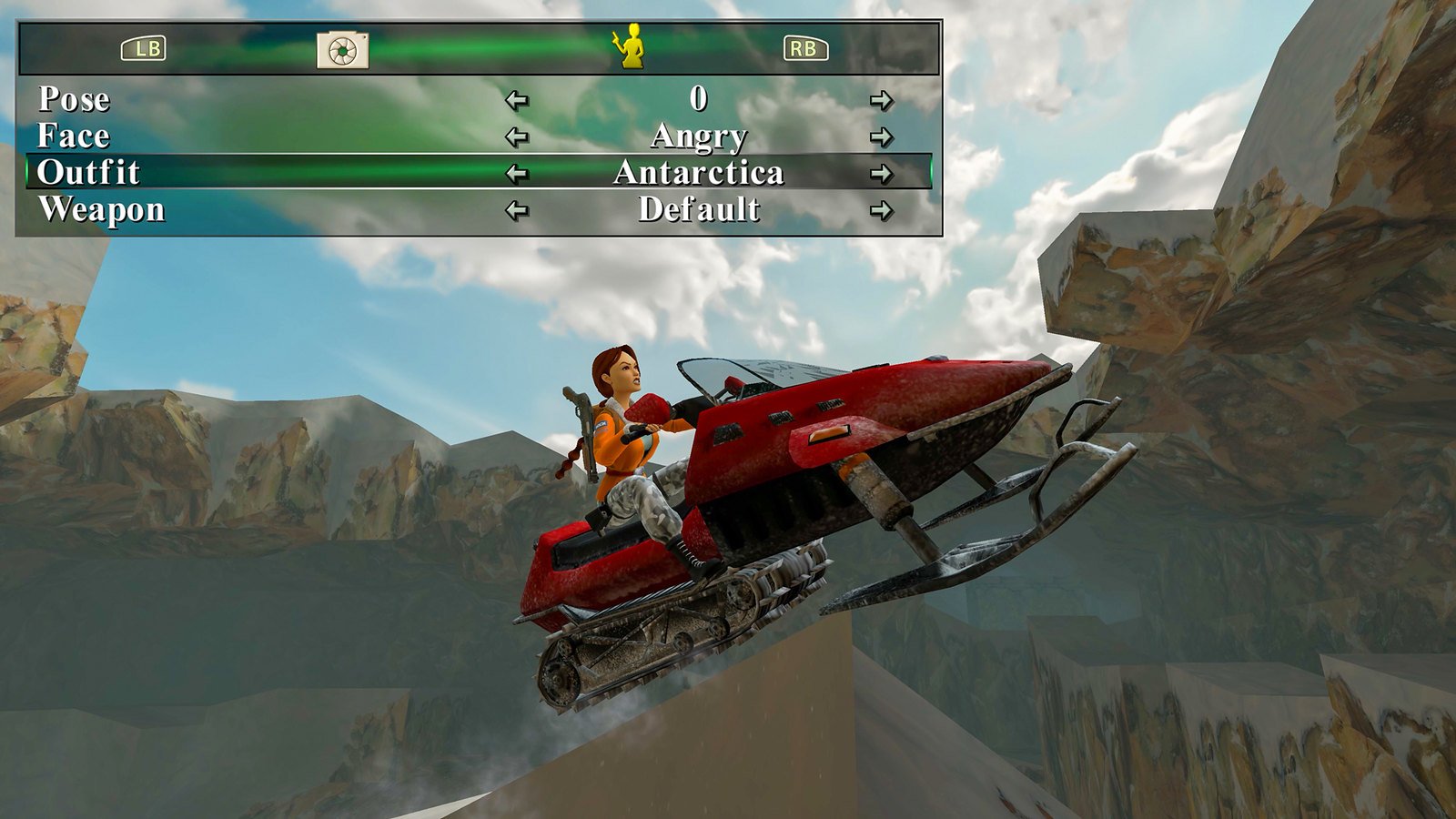
Comments are closed.